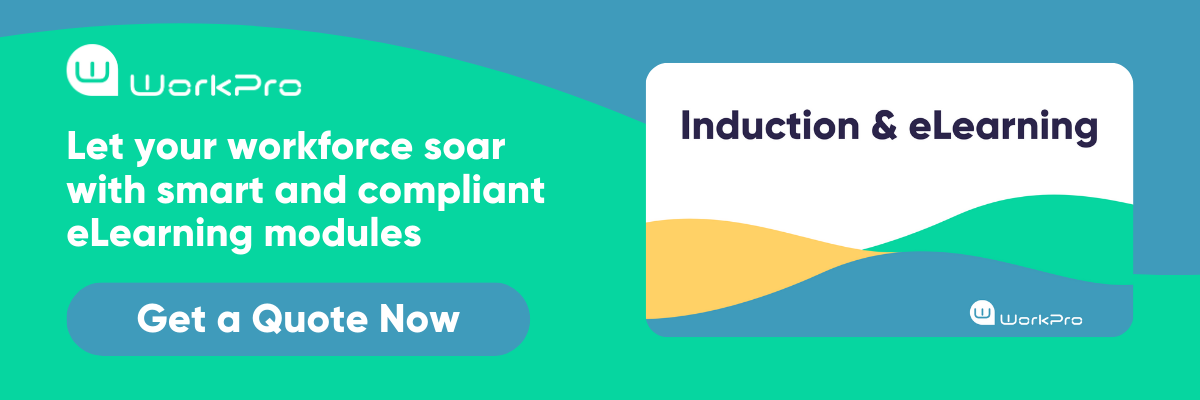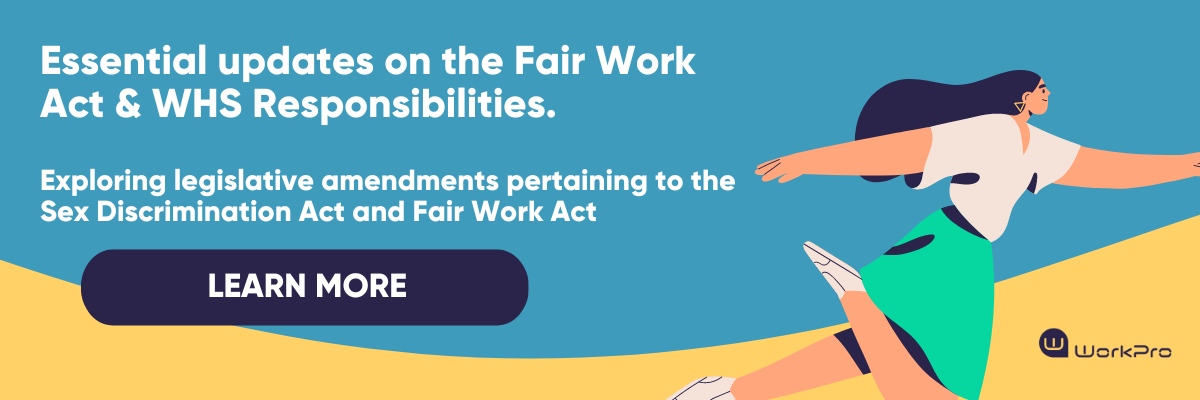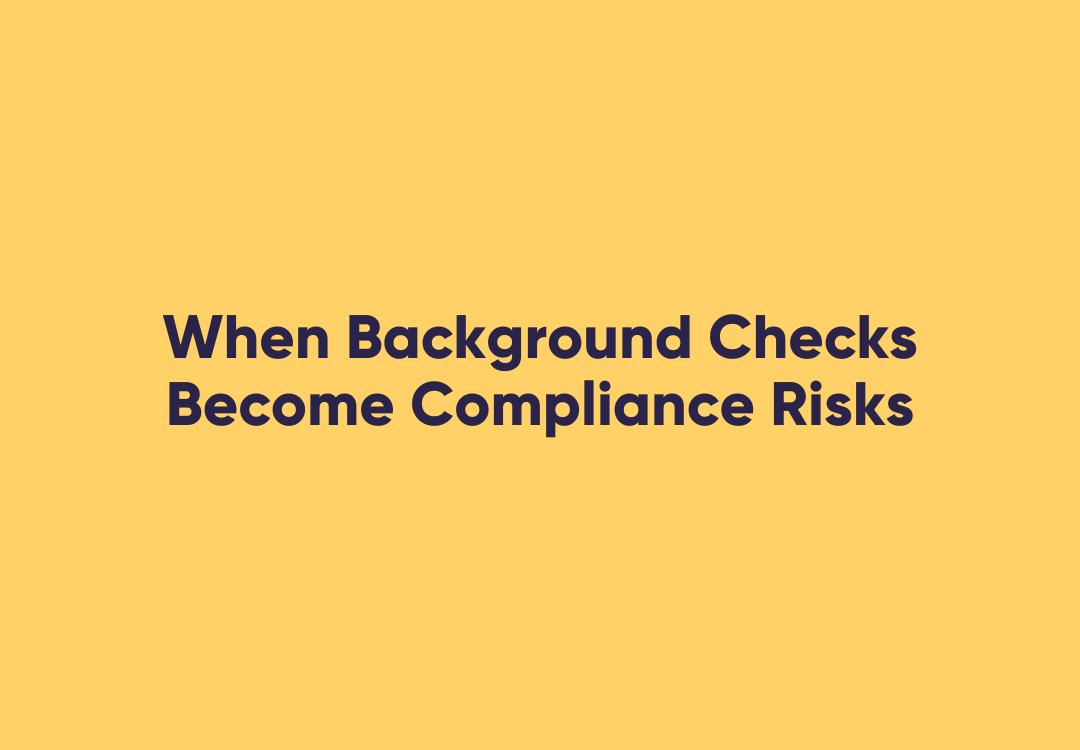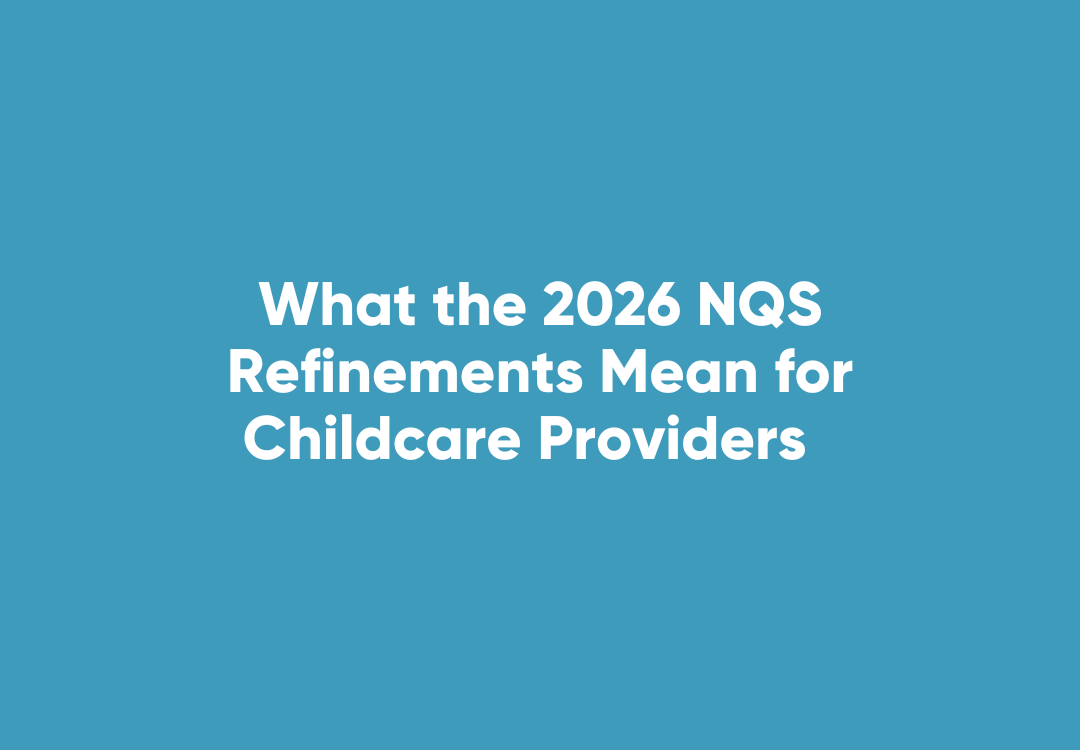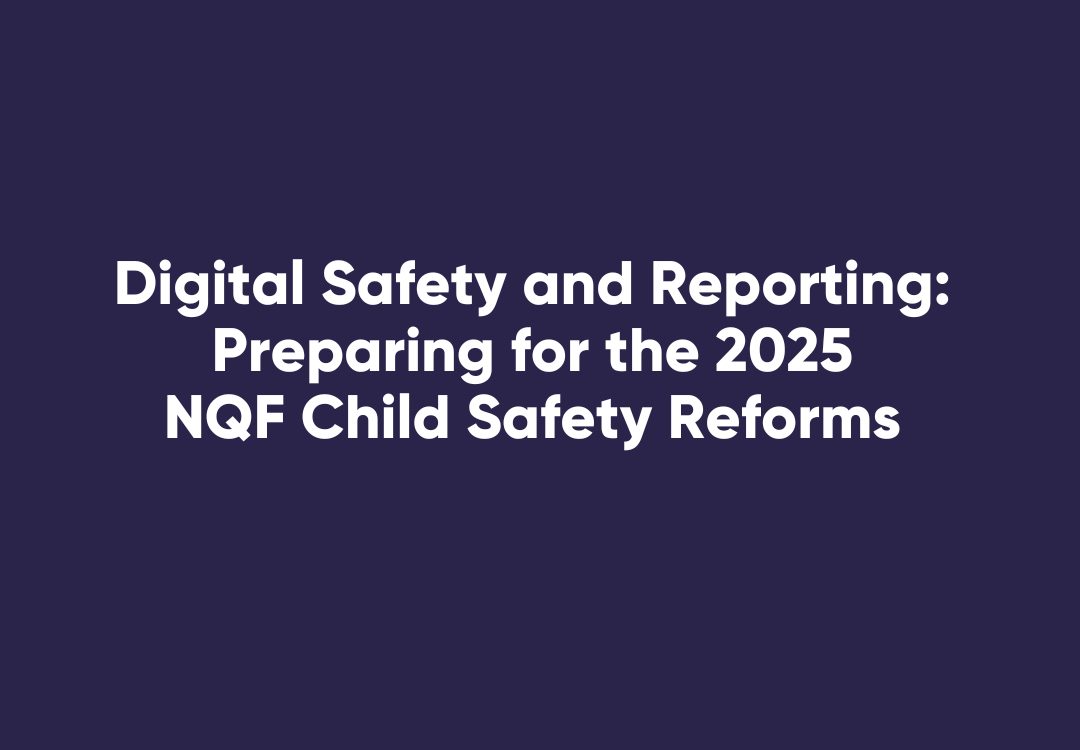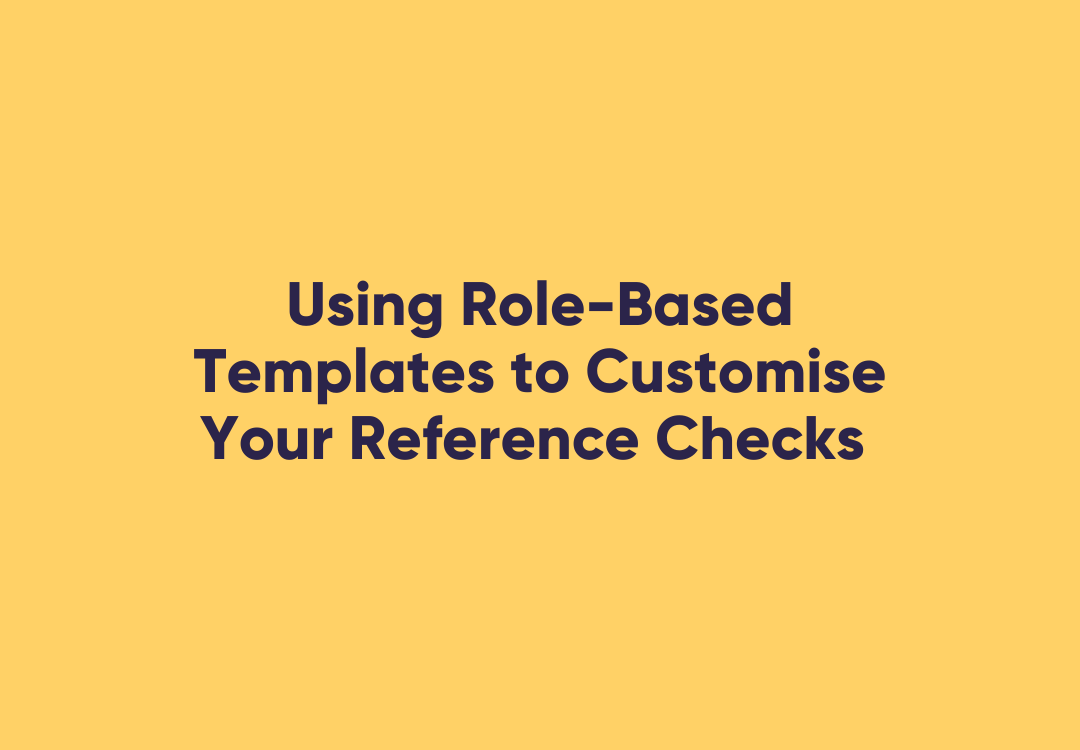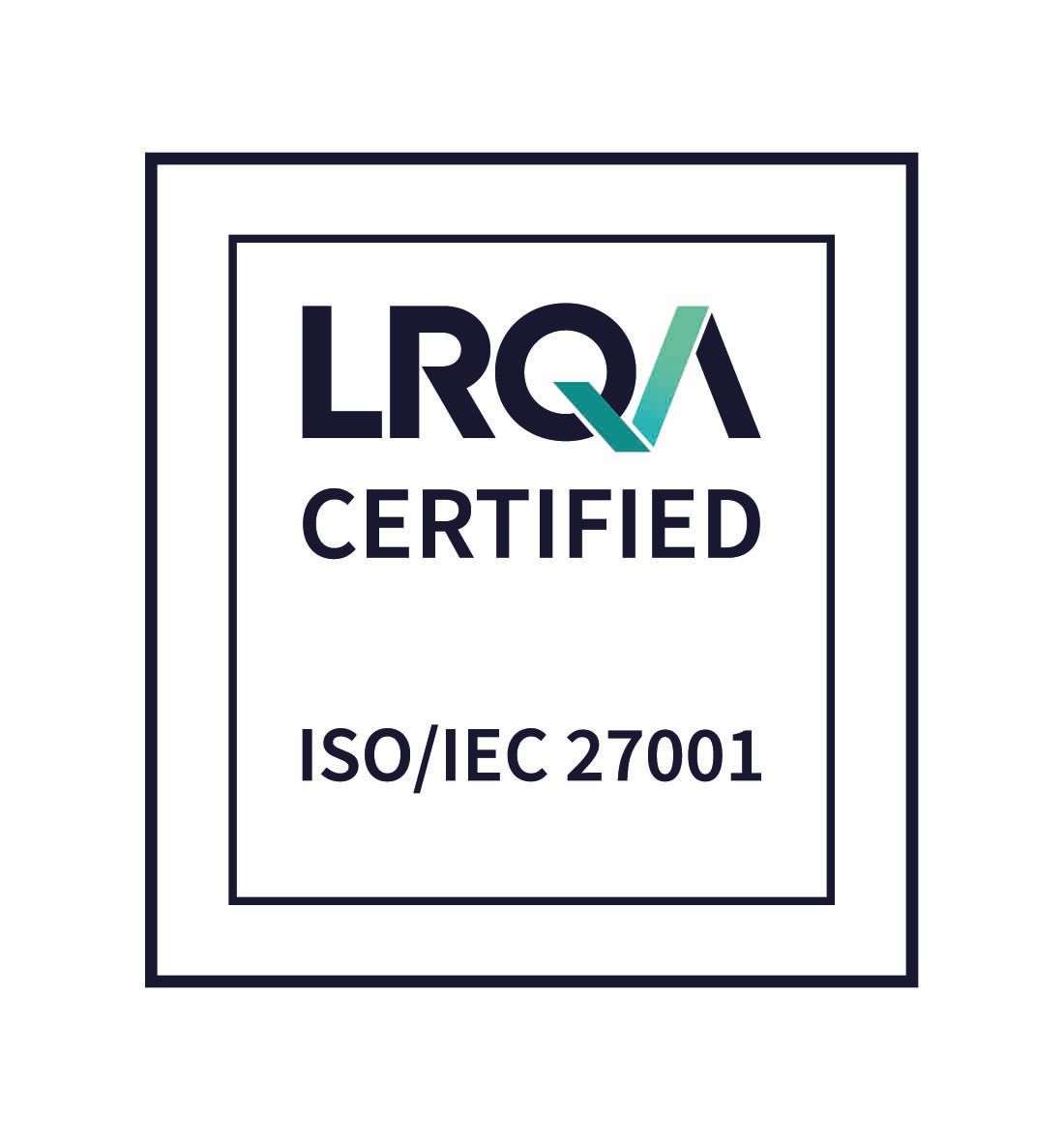Protecting the Well-Being of Young Workers
We’ve previously written about the challenges involved with employing young people, looking at their cognitive development, issues related to experience – or lack thereof – in the workplace, and how social structure can govern their abilities.
There’s much more to having a youthful staff than simply addressing their potential limitations, however, and organisations in some industries in particular need to be aware of the whole picture.
According to the Australian Bureau of Statistics (ABS), almost 19 per cent of the country’s population in 2014 were under the age of 15, several million people who will soon be entering the workforce (if they haven’t already).
Preparing your business work health and safety induction process to welcome these new employees should be a high priority.
There are millions of young people in Australia, most of whom will soon be entering the workforce.
Injury hotspots for young workers
Given their comparative inexperience, the majority of young workers will be found working in a handful of low-stress, low-difficulty roles as a first job.
Traditionally, the retail and hospitality sectors have been an excellent place for people to begin their professional lives.
According to the Centre for Independent Studies’ Youth Unemployment in Australia report released in 2015, retail trade jobs account for 22.8 per cent of all youth employment.
Accommodation and food services are not far behind on 18.8 per cent, while construction rounds out the top three industries on 9.9 per cent.
That’s over half of all young workers employed in just three sectors of the economy.
It’s little surprise, then, that the most common injuries affecting young people on the job are those common to these roles.
Fractures, cuts and bruises from using equipment such as power tools, muscle strain from heavy lifting and handling large objects, or burns from hot liquids or equipment are regularly reported by young workers, according to WorkSafe Victoria.
Over half of all young Australian workers are employed in retail, hospitality and construction.
Once your organisation understands these common risks, it’s easy to pay special attention to them during the work health and safety portion of your employee onboarding phase.
Duty of care for employers of young workers
Safe Work Australia’s model work health and safety bill of 2016 outlines the rules regarding an employer’s obligations to protect workers, ensuring that their well-being is of primary concern as far as it is “reasonably practicable”.
This principle remains true regardless of the age of your staff members, however there may be some variation in how to best manage different groups of workers.
With younger workers, some specific hazard areas – such as those outlined above – may require closer attention.
The purpose of a workplace health and safety induction is to educate incoming employees to any risks associated with their new role, and how much information and instruction required will depend on the following factors for younger people:
- Level of experience and maturity.
- Ability to complete tasks and recognise their accompanying hazards and risks.
- Knowledge of systems that ensure safe working practices.
A lack of both experience and cognitive development can make the transition to the workforce particularly challenging for young people, so taking extra care in the initial stages of their employment is a smart strategy.
Employing young people involves some unique work health and safety concerns.
Tools to support young workers
Managing the capabilities of young workers may require a slightly different strategy compared to more experienced employees, however working out your work health and safety strategy needn’t be difficult.
Worksafe Queensland, for example, provides a Young Worker Safety Toolkit, helping organisations ensure their compliance obligations are met for new entrants to the workforce.
For more insight and advice on the challenges your organisation may face, be sure to download the new ebook – “Young Worker Safety – What you need to know”.
Full of practical tips and useful information, reading our guide is a terrific first step towards a safer workplace for young employees.


